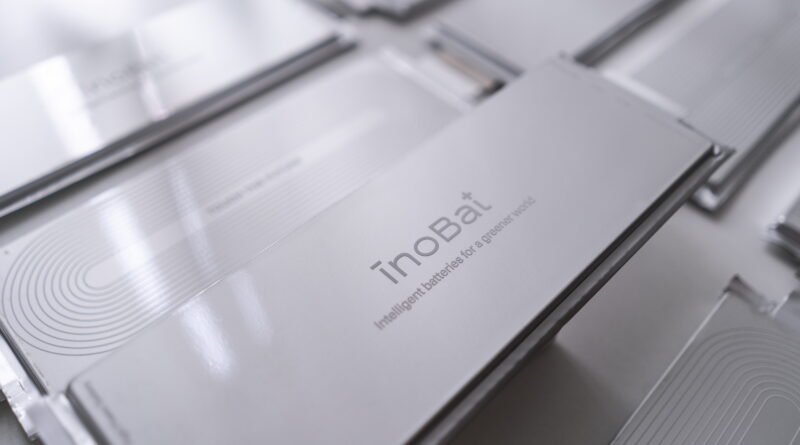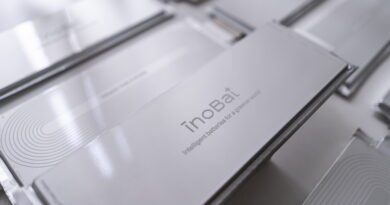New lithium-ion battery research puts tin in charge
New research from teams in the US and China has continued to drive tin into the spotlight as a simple, cost-effective way to increase the amount of energy that lithium-ion batteries can hold, dramatically increasing the driving range of electric vehicles and enabling more efficient renewable energy storage.
Lithium-ion batteries today rely on copper foil-graphite anode electrodes. Graphite anodes cannot hold enough charge to satisfy the constantly increasing energy demands from electric vehicles, power grids and large-scale energy storage systems that are needed for a greener energy mix, but tin-based anodes can hold up to three times more energy.
However, as tin gains and loses charge it expands and contracts in volume by up to 260%, breaking up the electrode and rapidly reducing the amount of energy the battery holds.
The new research is the among the latest to be published from over a decade of R&D highlighting innovative low-cost solutions and opening the way for tin use in lithium-ion batteries.
Scientists at the University of Florida simply coated tin with copper to form a robust copper-tin intermetallic layer, limiting the volume change and stabilising the electrode structure. The group found that this approach reduced the rate of degradation of tin by more an order of magnitude.
Another team at Tongji University, China found that using mechanical rolling they could add lithium into a tin foil to make an alloy that was chemically much more stable inside the cell, with a significantly better performance than graphite even at high currents.
Tin foils can replace both the copper and graphite components to further increase energy density and simplicity.
A third team of researchers at South China and Henan University have gone one step further and used recycled tinplate electroplating sludge to make tin anode materials. Using simple replacement chemistries, they have encapsulated the tin oxide inside a very thin titanium oxide (TiO2) shell. The shell limits the volume change of the tin anode and delivers excellent long-term cycling stability over 500 charge cycles.
These advances are all simple, scalable, and sustainable, paving the way for potential use of tin in lithium-ion batteries. Compared to alternatives tin has a typically lower technology requirement with higher electronic and lithium-ion conductivity. Only time will tell, but some market share for tin in this imminent technology revolution seems inevitable.



